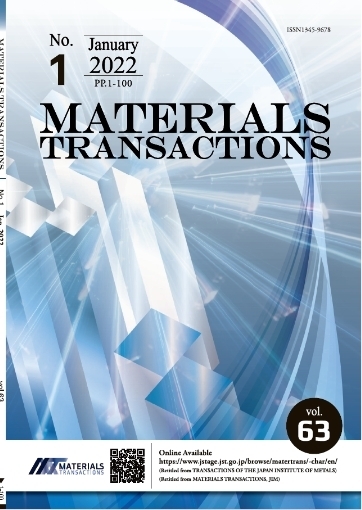Electron Microscopy on Mechanism of Voidage and Cracking in Si by Injection of a Permeable Infra-Red Laser
Hiroyuki Iwata, Hiroyasu Saka
pp. 711-722
Abstract
Si is opaque to visible light, but transparent to infrared rays. Therefore, when the infrared laser is focused inside Si, the focal portion becomes ultra-hot, forming a modified volume (Laser induced modified volume: LIMV) inside. After the laser beam is injected into the Si wafer at equal intervals (for example, 5 µm) in the cross direction, and then a force is applied from the outside. Then, cracks are formed from LIMV, and the Si wafer is divided into small pieces of 5 µm square. This is the stealth dicing (SD) technology, which is now widely used in the manufacture of semiconductor devices. In this process, clarifying the nature of LIMV is of great industrial and academic significance. The authors have been engaged in elucidating the mechanism of LIMV development by TEM observation. This phenomenon, which at first seemed extremely puzzling, was finally elucidated. In this overview, we would like to describe the process that led to this elucidation in chronological order. This phenomenon is extremely puzzling, and due to the author’s lack of knowledge, there were errors in the contents of the papers published so far, so we have corrected them in this overview.










